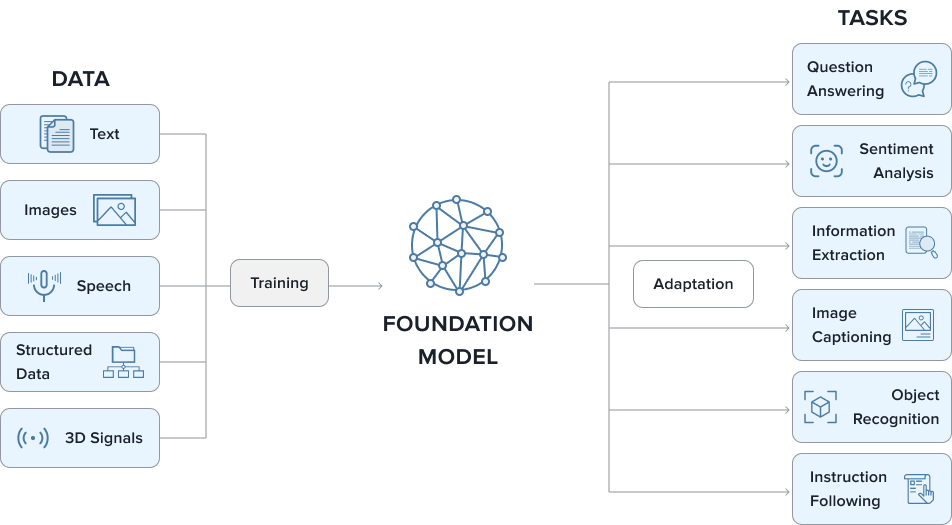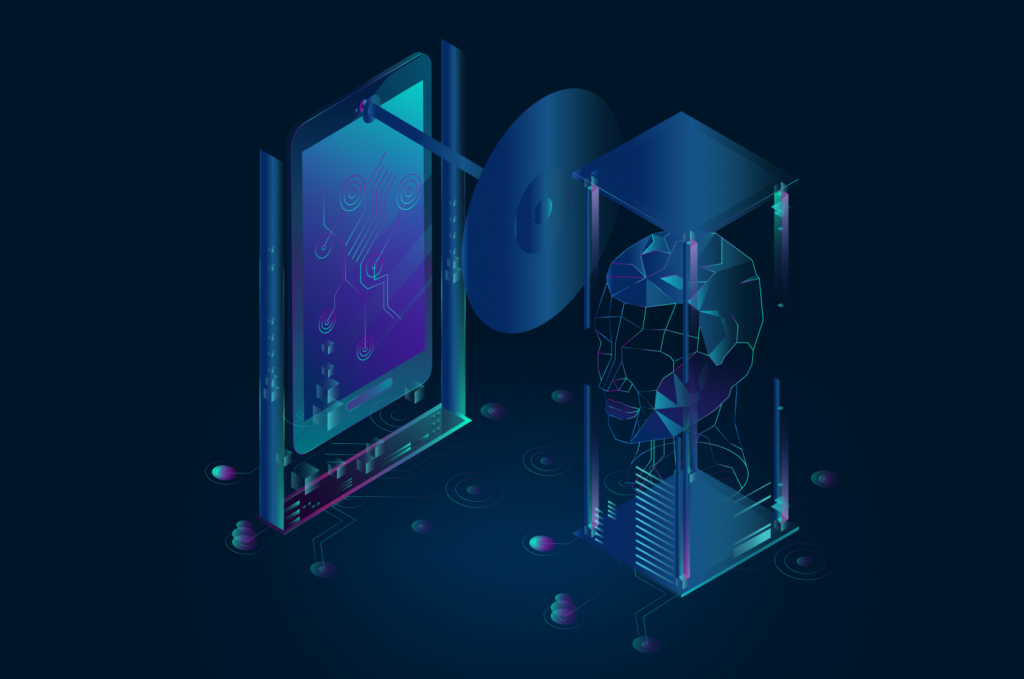Machine learning and Artificial Intelligence have always been the catalyst for great innovation. At the same time, even small companies began to implement it after 2020. This helped them improve their analytics and automate routine processes.
At the same time, the engine of Machine Learning continues to gain momentum and develop. According to all forecasts, already in 2023 Machine learning will reach $500 billion, and in 2030 – $1597.1 billion. Now the introduction of the latest technologies can feed business, and not the other way around.
Therefore, it is important to understand what we will face in 2023. For this, we have prepared for you a beetroot of Machine Learning technologies that can shake the world in 2023.
You can never be sure what will be relevant in the new year. Every day, new technologies appear in the world, turning the industry upside down and changing trends. However, we tried to select those that are currently the most promising.
Low Or No Code Innovation
The use of Machine Learning technologies will grow rapidly in 2023-2025. However, attracting qualified personnel remains a big problem. Low-code is a technology that allows employees who do not have practical skills to work with them to implement ML and AI.
At the same time, No-code provides management of more complex systems. Low-code programs began to take the lead among developers and skilled workers.
These trends are due to flexibility of use, the economy of resources, and speed. The benefits of implementing low-code technologies include:
- Using WYSIWYG tools. It helps to automate processes and create applications.
- Creation of work script templates, processes, libraries, design elements, and interface settings.
- Cooperation with productive databases, web services, and data connection APIs.
- Low-code platform infrastructure and access to it.

Foundation Models
This year, large language models have become very popular. Most likely, their use will only increase in the near future. At the same time, fundamental models are more useful. They can learn from huge amounts of data, which makes them superior even to neural networks. This allows engineers to take machine learning to a new level. Because now, they can not only search, but accumulate knowledge, create and summarize content, code, and translate. Among the famous examples of fundamental models are GPT-3 and MidJourney.
Their big advantage is that they can quickly deal with data they’ve never seen before and scale. NVIDIA and Open AI are currently leading providers of such technologies.

Natural Language Processing

As early as 2022, NLP has become one of the most discussed Machine Learning trends. NLP significantly simplifies certain processes, and creates an alternative to a manual input, searching for content. Among the general examples, you can single out Alexa, Siri, and Google Assistant. Read more about NLP and its possibilities and potential in our article.
The modern world is practically a mixture of texts. You encounter it everywhere, in work documents, in the legal field, in search queries, in business, and on websites. NLP is used to determine the client’s mood, classify text, extract keywords, and analyze text.
Among the examples of companies that have implemented NLP in their business is Epiq. The company uses NLP to analyze hundreds of documents and contracts for clients. At the same time, NLP covers almost all areas. So ThoughtRiver, Kira Systems, and Luminance implement NLP to analyze legal documents.
In 2020, OpenAI introduced GPT-3, which shocked the entire technology world. According to OpenAI itself, it produces approximately 4.5 billion words per day. And solutions based on NLP are used by almost thousands of developers around the world to create content.
According to some studies, GPT-3 can create twice as many blogs in a year as all WordPress-based blogs that currently exist on the Internet. You can understand the scale by realizing that WordPress is involved in 40% of the Internet.
Therefore, we are observing a real revolution.
Built-in Machine Learning Or TinyML And IoT

Embedded Machine Learning (or TinyML) is one branch of Machine Learning that helps ML technologies work across devices.
TinyML can be found in household appliances, smartphones, notebooks, and smart home systems. Lead AI & ML analyst at ABI Research, Lian Ji Su, says about it:
“The proliferation and democratization of artificial intelligence have fueled the growth of the Internet of Things (IoT) analytics. Data collected from Internet of Things devices are used to train machine learning (ML) models, generating valuable new insights into the Internet of Things in general. These applications require powerful and expensive solutions, which rely on sophisticated chipsets”.
Embedded Machine Learning systems are becoming a catalyst for chipset production. Over the past few years, the number of transistors on a chipset has increased to 40-60 percent.
The wide spread of the Internet of Things and embedded systems technologies has caused an increase in demand for them and has become even more important. Of course, in 2023, Tiny ML technology will require even more optimization and increased efficiency. However, it will definitely show itself as something that can surprise you.
Metaverses
Metaverses have long had the potential to create the evolution of the Internet, with the advent of Web 3.0. What is this? These are digital worlds in which people can do business, spend leisure time, earn money, or simply live. A kind of different reality.
The trend of metauniverses has been hanging over our heads since the time of covid, and it is quite possible that it will soon lead to a new direction for AI and ML. These technologies have the ability to simplify platforms and therefore will be the basis for metaverses. Bots based on Artificial Intelligence can help people, and Machine Learning will allow them to take care of a positive user experience.
AI and ML provide a solid foundation for the metaverse.

Conclusion
Machine learning and Artificial Intelligence technologies are expanding every year. They offer innovations that later take the world by storm. Therefore, it is important to follow Machine Learning trends and understand their potential.





